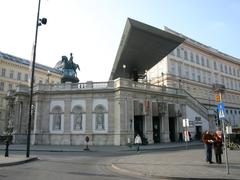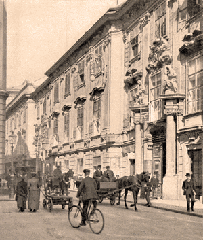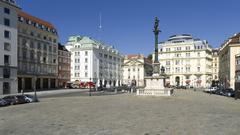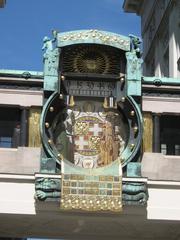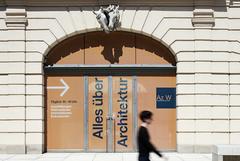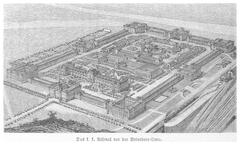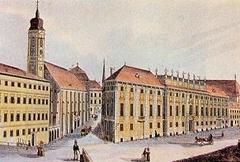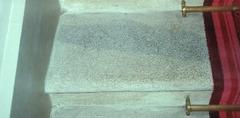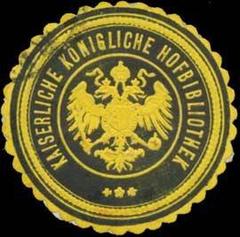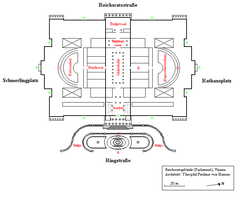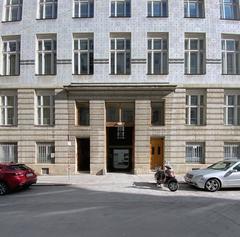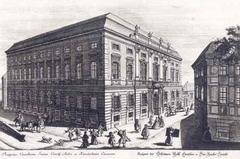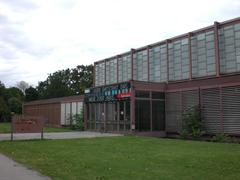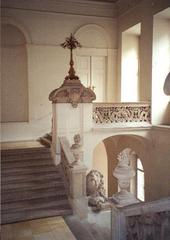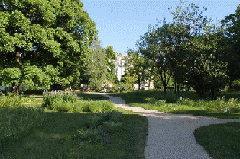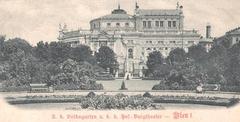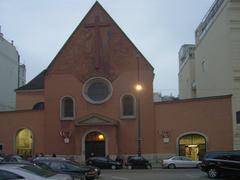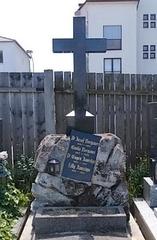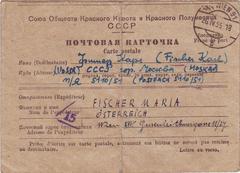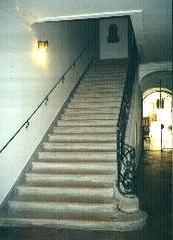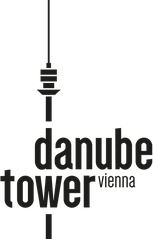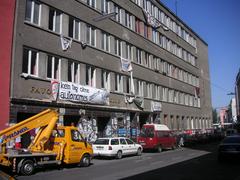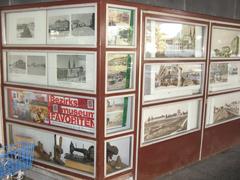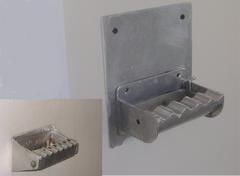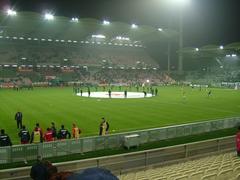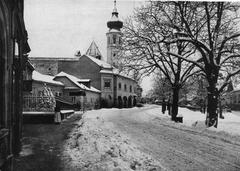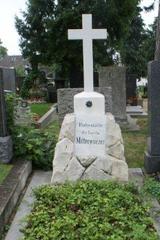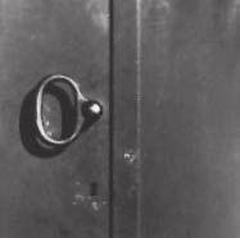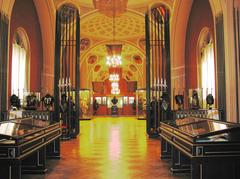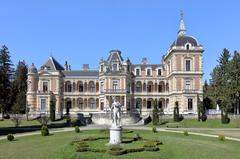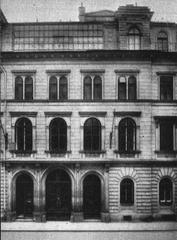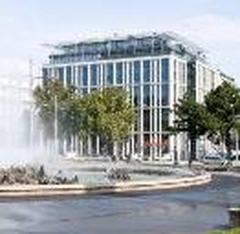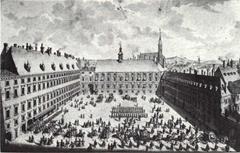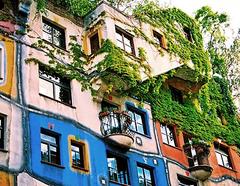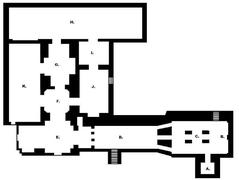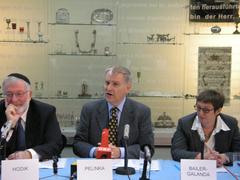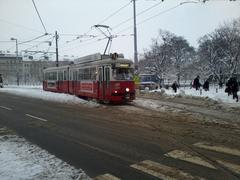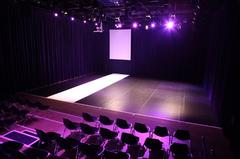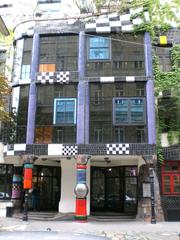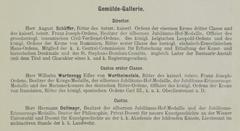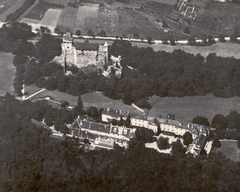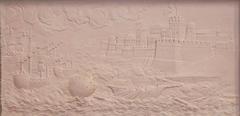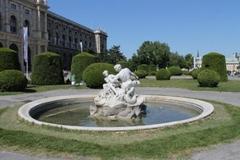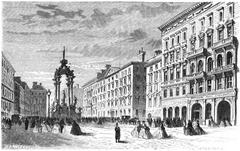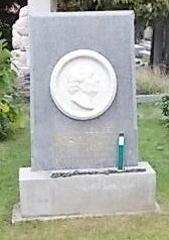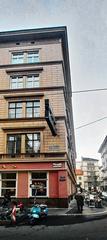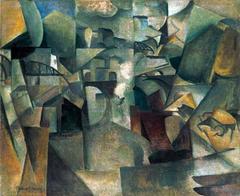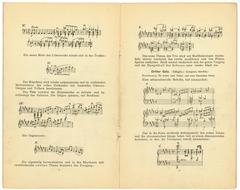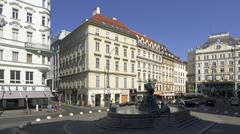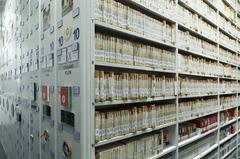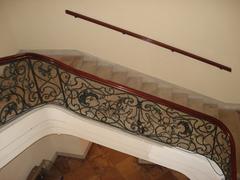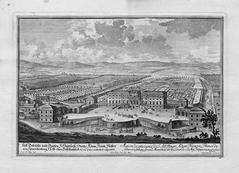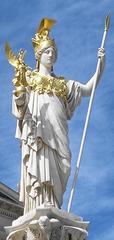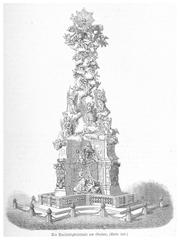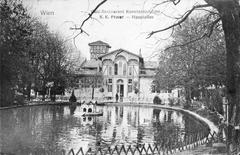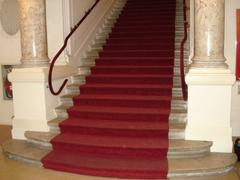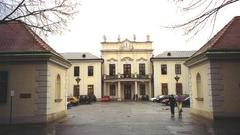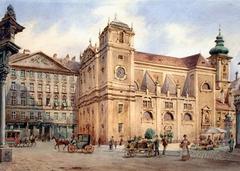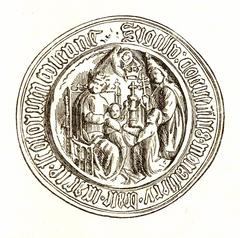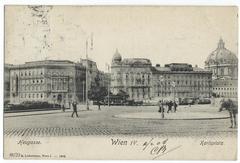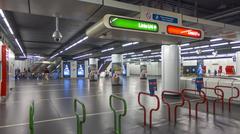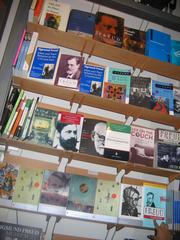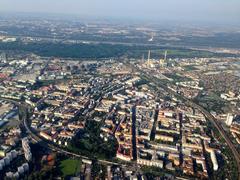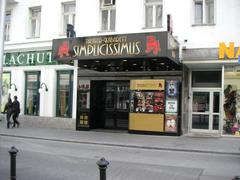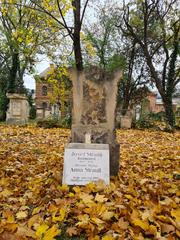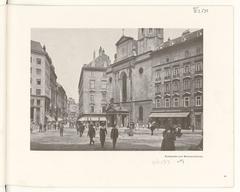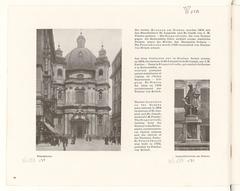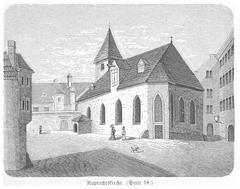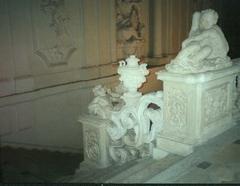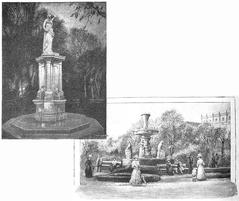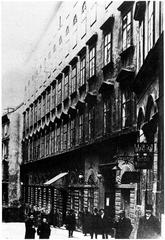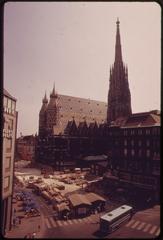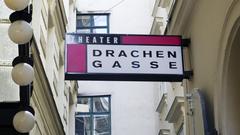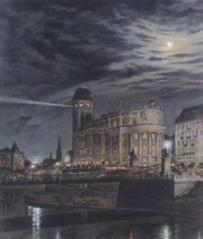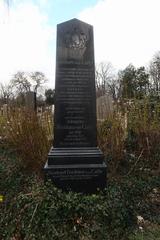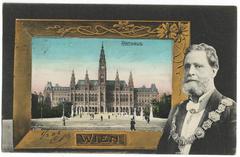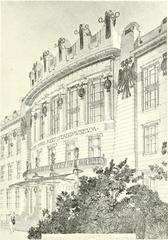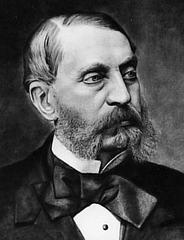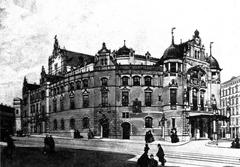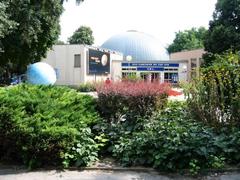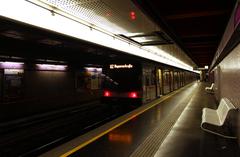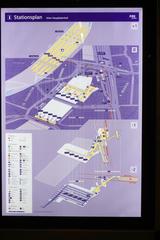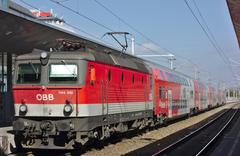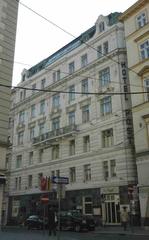Seegrotte Visiting Guide and Tips in Vienna, Austria
Date: 24/07/2024
Introduction
Nestled in the serene town of Hinterbrühl, just a short drive from Vienna, Austria, lies Seegrotte, one of Europe’s most captivating underground wonders. Originally a gypsum mine, Seegrotte has been transformed into a major tourist attraction, offering visitors an intriguing blend of natural beauty and historical significance. The site is home to Europe’s largest subterranean lake, formed after a catastrophic flooding incident in 1912. Over the years, Seegrotte has served various purposes, from an aircraft manufacturing facility during World War II to its current status as a unique tourist destination (Vienna Unwrapped, Atlas Obscura).
Seegrotte offers a multi-faceted experience, appealing to history buffs, nature enthusiasts, and casual tourists alike. Guided tours provide a comprehensive overview of the site’s rich history, including its transformation from a mine to a tourist hotspot and its role in wartime production. The tours also include a boat ride on the underground lake, offering a unique perspective of this hidden gem. Whether you’re interested in its geological formations, historical artifacts, or simply want to enjoy a leisurely boat ride, Seegrotte has something for everyone (Vienna Trips).
Planning a visit to Seegrotte involves more than just knowing its history. Practical information, such as visiting hours, ticket prices, and travel tips, are crucial for making the most of your trip. This comprehensive guide aims to provide all the necessary details to ensure a memorable and enjoyable visit to Seegrotte. From what to wear and how to get there, to the best times to visit and what to expect from the guided tours, this guide covers it all. So, whether you’re a first-time visitor or a returning enthusiast, read on to discover everything you need to know about visiting Seegrotte in Vienna, Austria.
Table of Contents
- [History of Seegrotte](#history-of-seegrottehistory-of-seegrotte)
- [Origins and Early Use](#origins-and-early-useorigins-and-early-use)
- [The Catastrophic Flood of 1912](#the-catastrophic-flood-of-1912the-catastrophic-flood-of-1912)
- [Transition to a Tourist Attraction](#transition-to-a-tourist-attractiontransition-to-a-tourist-attraction)
- [World War II and Aircraft Production](#world-war-ii-and-aircraft-productionworld-war-ii-and-aircraft-production)
- [Visiting Seegrotte](#visiting-seegrottevisiting-seegrotte)
- [Practical Information](#practical-informationpractical-information)
- [Tips for Your Visit](#tips-for-your-visittips-for-your-visit)
- [Significance of Seegrotte](#significance-of-seegrottesignificance-of-seegrotte)
- [Geological and Natural Importance](#geological-and-natural-importancegeological-and-natural-importance)
- [Historical and Cultural Significance](#historical-and-cultural-significancehistorical-and-cultural-significance)
- [Tourism and Economic Impact](#tourism-and-economic-impacttourism-and-economic-impact)
- [Visitor Tips for a Memorable Experience](#visitor-tips-for-a-memorable-experiencevisitor-tips-for-a-memorable-experience)
- [Best Time to Visit](#best-time-to-visitbest-time-to-visit)
- [Guided Tours](#guided-toursguided-tours)
- [What to Wear](#what-to-wearwhat-to-wear)
- [Accessibility](#accessibilityaccessibility)
- [Photography and Souvenirs](#photography-and-souvenirsphotography-and-souvenirs)
- [Nearby Attractions](#nearby-attractionsnearby-attractions)
- [Special Events](#special-eventsspecial-events)
- [Practical Information](#practical-informationpractical-information)
- [Getting There](#getting-theregetting-there)
- [Ticket Prices](#ticket-pricesticket-prices)
- [Safety Measures](#safety-measuressafety-measures)
- [FAQ](#faqfaq)
- [Conclusion](#conclusionconclusion)
- [References](#referencesreferences)
History of Seegrotte
Origins and Early Use
The Seegrotte began its life as a gypsum mine in the mid-19th century. Gypsum mining operations commenced in 1848, and for several decades, miners worked diligently to extract the valuable mineral. The mine’s caverns, adorned with impressive stalactites and stalagmites, provide a glimpse into the history of mining in the region (Vienna Unwrapped).
The Catastrophic Flood of 1912
In 1912, a significant event transformed the mine forever. During a routine blasting operation, miners accidentally breached a natural water reservoir, resulting in the flooding of the mine with approximately 20 million liters of water. The lower gallery and shafts of the mine became completely submerged, creating what is now known as the largest subterranean lake in Europe (Atlas Obscura).
Transition to a Tourist Attraction
Following the flood, the mine was abandoned for nearly two decades. In 1930, Friedrich Fischer reopened the Seegrotte as a tourist attraction. Initially purchased for mushroom cultivation, Fischer found success in transforming it into a show mine. By 1937/1938, Seegrotte attracted approximately 50,000 visitors annually (Vienna Trips).
World War II and Aircraft Production
During World War II, the Seegrotte took on a new role. The upper levels of the mine, which remained dry, were repurposed by Nazi Germany for the production of Heinkel He 162A jet fighters. This underground factory was part of Nazi Germany’s wartime efforts.
Visiting Seegrotte
Practical Information
- Location: Seegrotte Hinterbrühl, Grutschgasse 2a, 2371 Hinterbrühl, Austria
- Opening Hours: Seegrotte is open daily from April to October, 9 am to 5 pm. From November to March, it is open from 10 am to 3 pm.
- Ticket Prices: Adults - €12, Children (ages 4-14) - €7, Seniors - €10
- Guided Tours: Tours are available in multiple languages and typically last about 45 minutes.
Tips for Your Visit
- Wear Comfortable Shoes: The tour involves walking through underground passages, so comfortable footwear is a must.
- Bring a Jacket: The temperature inside the mine remains cool throughout the year, so it’s advisable to bring a light jacket.
- Photography: While photography is allowed, be mindful of the lighting conditions and respect the tour guide’s instructions.
Significance of Seegrotte
Geological and Natural Importance
Seegrotte is a geological marvel, showcasing the natural beauty and complexity of underground formations. The cave system features stunning stalactites and stalagmites, as well as the serene underground lake. The lake’s crystal-clear waters and the unique acoustics of the cave create an otherworldly atmosphere that captivates visitors.
Historical and Cultural Significance
The Seegrotte holds significant historical value due to its varied uses over the years. From its origins as a gypsum mine to its role in World War II, the site offers a glimpse into different eras of Austrian history. The wartime factory, in particular, serves as a poignant reminder of the region’s involvement in the conflict and the resilience of those who worked there.
Tourism and Economic Impact
Since its transformation into a tourist attraction, the Seegrotte has become a popular destination for visitors from around the world. The site attracts thousands of tourists annually, contributing to the local economy and promoting cultural exchange. Guided tours provide educational experiences, highlighting the cave’s geological features and historical significance.
Visitor Tips for a Memorable Experience
Best Time to Visit
The Seegrotte is open to visitors year-round, but the best time to visit is during the warmer months, from April to October. During this period, the weather is more favorable, and the cave’s temperature remains relatively constant at around 9-12°C (48-54°F). It’s advisable to check the official Seegrotte website for the latest information on opening hours and tour schedules.
Guided Tours
Guided tours are the primary way to explore the Seegrotte. These tours typically last about 45 minutes and are available in multiple languages. The tour includes a boat ride on the underground lake, providing a unique perspective of the cave’s interior. It’s recommended to book tickets in advance, especially during peak tourist seasons.
What to Wear
Given the cave’s cool temperature, visitors should dress warmly, even during the summer months. Comfortable walking shoes with good grip are essential, as the cave floors can be slippery. Bringing a light jacket or sweater is advisable to stay comfortable throughout the tour.
Accessibility
The Seegrotte is partially accessible to visitors with mobility issues. While the main entrance and some areas of the cave are accessible, the boat ride and certain sections may pose challenges. It’s best to contact the Seegrotte management in advance to discuss specific accessibility needs and accommodations.
Photography and Souvenirs
Photography is allowed in most areas of the Seegrotte, but the use of flash is typically restricted to preserve the cave’s natural environment. Visitors can capture stunning images of the underground lake and the cave formations. Souvenir shops at the entrance offer a variety of memorabilia, including postcards, books, and local crafts.
Nearby Attractions
Visitors to the Seegrotte can also explore other attractions in the Hinterbrühl area. The nearby Laxenburg Castle and its beautiful parklands offer a delightful day trip option. Additionally, the Vienna Woods provide numerous hiking and outdoor activities for nature enthusiasts.
Special Events
Seegrotte occasionally hosts special events such as concerts and exhibitions within the cave, leveraging its unique acoustics and atmosphere. Check the Seegrotte website or contact management for information on upcoming events.
Practical Information
Getting There
The Seegrotte is located approximately 17 kilometers (10.5 miles) southwest of Vienna. Visitors can reach the site by car, with ample parking available on-site. Public transportation options include taking a train from Vienna to Mödling, followed by a short bus ride to Hinterbrühl. Detailed directions and transportation options can be found on the Seegrotte website.
Ticket Prices
As of July 2024, ticket prices for the Seegrotte are as follows:
- Adults: €12
- Children (ages 4-14): €7
- Seniors and students: €10
- Family tickets (2 adults and 2 children): €30
Group discounts are available for larger parties, and special rates may apply for school groups and educational tours.
Safety Measures
The Seegrotte management prioritizes visitor safety and has implemented various measures to ensure a secure experience. These include regular maintenance of the cave infrastructure, clear signage, and trained guides. Visitors are advised to follow all safety instructions and stay within designated areas during the tour.
FAQ
Q: How long does the tour of Seegrotte take? A: The guided tour typically lasts about 45 minutes.
Q: Is Seegrotte accessible for people with disabilities? A: Due to the nature of the underground passages, Seegrotte may not be fully accessible for individuals with mobility issues. It’s best to contact the attraction directly for specific accessibility information.
Q: Can I take photos inside Seegrotte? A: Yes, photography is allowed, but be mindful of the lighting conditions and respect the tour guide’s instructions.
Q: What is the best time of year to visit Seegrotte? A: Seegrotte is open year-round, but the best time to visit is from April to October when the weather is more favorable for exploring the surrounding area.
Conclusion
In conclusion, Seegrotte in Hinterbrühl, near Vienna, is a remarkable destination that offers a unique blend of natural beauty, historical significance, and cultural intrigue. From its origins as a gypsum mine in the mid-19th century to its transformation into a tourist attraction and its pivotal role during World War II, Seegrotte has a rich and varied history that continues to fascinate visitors (Vienna Unwrapped, Atlas Obscura). The site’s geological marvels, including Europe’s largest subterranean lake, provide a stunning backdrop for an educational and enjoyable experience.
Visiting Seegrotte requires careful planning to make the most of the experience. From understanding the best times to visit and the practicalities of getting there, to knowing what to wear and what to expect from the guided tours, this guide has covered all essential aspects of planning your trip. The site’s unique history, combined with its natural wonders, makes it a must-visit destination for anyone traveling to Vienna. Whether you’re interested in history, geology, or simply looking for a unique adventure, Seegrotte offers something for everyone. Don’t forget to check the official Seegrotte website for the latest updates on visiting hours, ticket prices, and special events (Vienna Trips). Happy exploring!
References
- Vienna Unwrapped https://www.vienna-unwrapped.com/seegrotte-tour-review/
- Atlas Obscura https://www.atlasobscura.com/places/seegrotte
- Vienna Trips https://www.vienna-trips.at/en/seegrotte/
- Europe Explored https://europeexplored.com/2010/05/09/seegrotte-in-austria/

